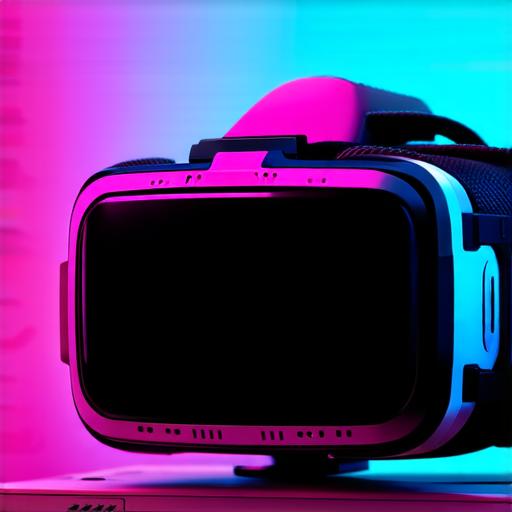Virtual reality (VR) technology has been around for several decades, but it wasn’t until relatively recently that VR systems became widely available and accessible to consumers. In this article, we will explore the history of VR and examine when it was first introduced.
The Early Years of Virtual Reality
Virtual reality can be traced back to the 1960s, when computer scientists began experimenting with ways to create immersive experiences for users. One of the earliest VR systems was the Sword of Damocles, which was developed in 1968 by Ivan Sutherland. The system used a head-mounted display and a mechanical arm to track the user’s movements and provide a sense of presence in a virtual environment.

In the following decades, VR technology continued to evolve, with researchers developing new systems and techniques for creating more immersive experiences. However, these early systems were largely limited by their high cost and complexity, making them difficult to use and expensive to develop.
The Turning Point: The Introduction of Consumer-Grade VR Systems
The turning point in the history of virtual reality came with the introduction of consumer-grade VR systems in the early 2010s. These systems, such as the Oculus Rift and HTC Vive, were designed to be affordable, easy to use, and accessible to a wide range of consumers.
These systems used advanced motion tracking technology and high-resolution displays to create highly immersive experiences for users. They also included a variety of games and applications that allowed users to explore virtual environments and interact with digital objects in new and exciting ways.
The success of these consumer-grade VR systems helped to popularize the technology and pave the way for further advancements in VR technology. Today, virtual reality is used in a wide range of applications, from gaming and entertainment to education, training, and simulation.
Conclusion
Virtual reality has come a long way since its early days, and the technology has evolved significantly over the years. While the first VR systems were developed in the 1960s, it wasn’t until the introduction of consumer-grade systems in the early 2010s that virtual reality became widely accessible to consumers. Today, virtual reality is used in a variety of applications and continues to be an area of active research and development.
